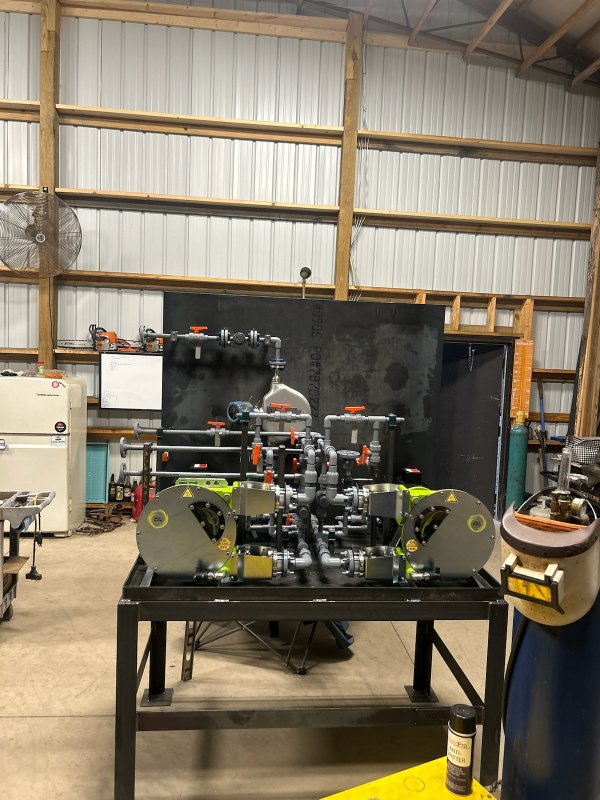So in the IO that I asked it will be no conflict and AES will be plugged as a daughter board.It is not an independent PCIe card, but the XLR connector extends over the 4th slot, effectively blocking it. The same applies to the 5 pin XLR for the Lampizator link and the MSB Pro ISL fiber module. It’s irrelevant for the I/O.
It seems the Olympus v Olympus + IO might have a potential of larger Delta in SQ.
But that's to be verified by Taiko Team.
Not sure if you re-evaluated SQ difference.
Also I looked at your old estimates and that was December 13th so BEFORE you changed design that sounded better.
Is the 300% increase over Extreme expected to be much more than ???
In other words
How much better the NEW Olympus is better over the original 1st Olympus iteration?
Last edited:



